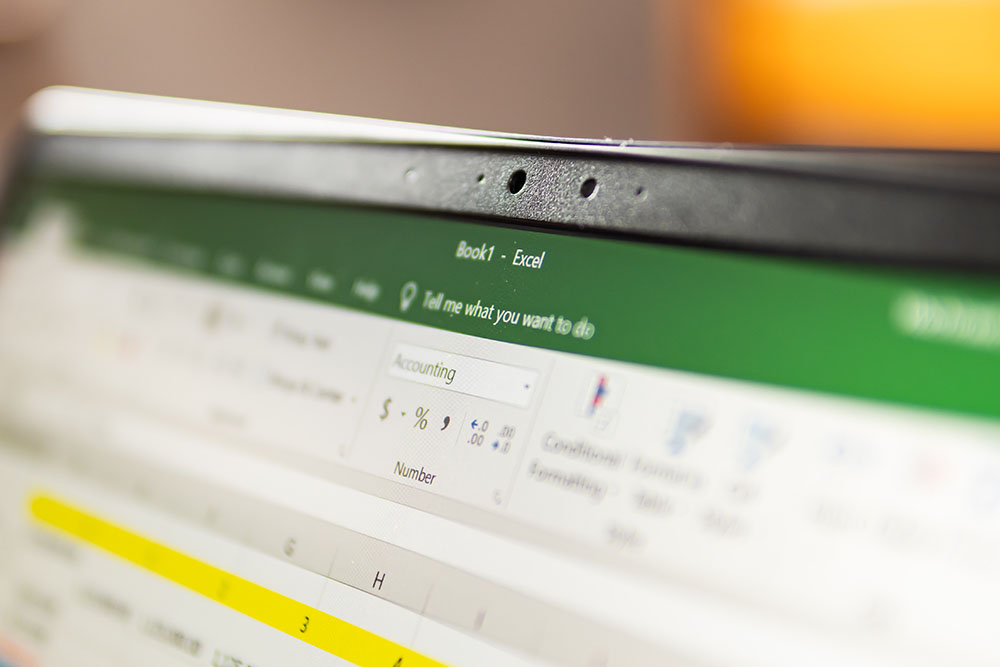Software can often be viewed as a work-in-progress, as new features are added regularly and potential vulnerabilities are identified. But the only way that the software our organizations use to streamline operations, improve efficiencies, and keep production moving works is by ensuring that it’s maintained through regular patching.
Patching a system essentially is like covering a hole that’s been identified as a way for outsiders to get into your system – and thereby, your network. The patch keeps hackers from exploiting the flaw in the software, mitigating the risk to your data.
So why should you care? Here are some reasons:
- So you aren’t the weakest link. Patching your system is essential for protecting not only your computer, but also the network it’s on – which can contain sensitive information about clients, employees, and intellectual property.
- You might get some new features. Oftentimes, software companies will release patches alongside features that are making their debut or are being improved in some way. This means you could reap the benefits of a higher-performing device alongside a safer one.
- Patching keeps you stable. Well, maybe not you, but your device. Ever have an app that crashes after you perform a specific function? Resulting in all your work down the drain? Patches can help address those buggy situations by improving operability. Because if you’re experiencing it, chances are, there are a lot of users going through the same thing.
Patching: The process
As for what goes into patching? That’s where managed service providers (MSPs) and even users come in.
As an MSP, ZAG takes each update issued by various software providers and assesses it to ensure the best possible outcomes for users. For companies like Microsoft, patches are rolled out on the second Tuesday of the month and have been dubbed “Patch Tuesday.” ZAG reviews and approves these patches before they’re released to users the following week. It’s ZAG’s job to make sure the patch makes sense for our clients and doesn’t result in functionality that may be affected.
Patching: The schedule
ZAG adheres to its own patching schedule that takes into account the client’s needs for uptime and timing. Patches are usually sent to the system once a month, but installed at a scheduled time around 2 a.m. to lessen the disruption to your work. When it comes to third-party applications, many of those are pushed to your system automatically (i.e. Google Chrome, Asana, Adobe, etc.) but we can help navigate these updates, as well.
Targeting updates to be done in the middle of the night gives ZAG a window to run patches every day and every night – no one is logged on and we’re not interrupting work. However, we still run into challenges when it comes to patches that can be helped by implementing some best practices for preparing your system for patching.
How to prepare your system for patching
Since patching is such a critical part of keeping your systems updated and maintained – and also safe – there are some general best practices to follow regularly to ensure that you’re getting the most from the patches and updates that ZAG and other technology providers are sending out.
- Reboot first. Reboots are for more than patching, they’re crucial for cleaning up your system. The benefit of rebooting your system first is that you can save your work in the right place without the fear of losing it. Best case for rebooting? Rebooting each night before you leave ensures that patches can run no matter what time or day they’re released. Second best case? Rebooting your system once a week.
- Keep your system ON. Once you reboot, it’s critical to leave your system on overnight and connected to the network. This means that your system shouldn’t be sleeping, hibernating, or on standby. This is the only way that ZAG can send updates to the system.
- Keep your computer plugged in. Generally, desktop computers stay plugged in to undergo system updates, but for those of you with laptops that often make their way from the office to home and back again, ensuring they’re connected to a power source might be difficult. Some updates may not install at all if the battery percentage is low, so it’s important to leave your computer plugged in (especially for laptops that get taken home and kept in a bag overnight).
As an MSP, one of our primary functions is to keep our customers as safe as possible, but that starts with ensuring that users have all the tools and resources they need to contribute to the safety and security of the organization. Do you have questions? We’d love to help! Contact us for more information about patching best practices.



